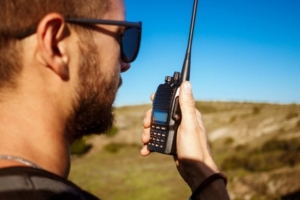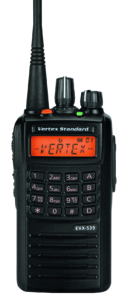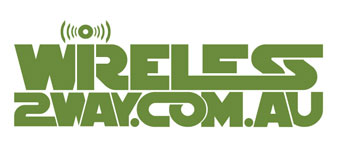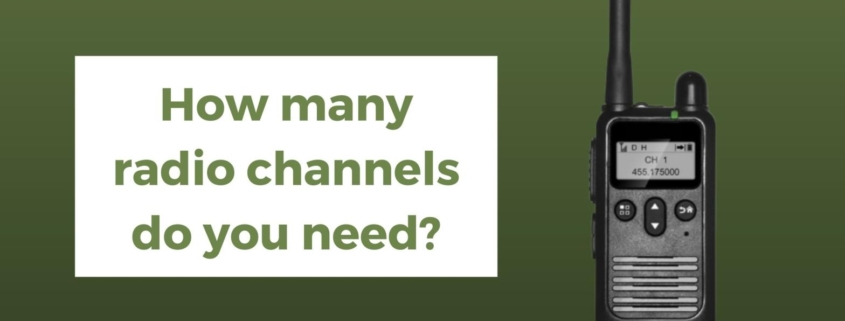How many radio channels do you need ?
A two-way radio is a portable radio that can receive and send radio signals. It’s made for one-on-one communication and works best when two or more similar devices are tuned in to the same channel.

What is a two-way radio channel?
Channels are the mediums meant to divide the frequency of a two-way radio so that users can converse with numerous persons without worrying about who speaks when.
A channel can be compared to the phone number on the radio. Consider the level of inconvenience you would face if no phone numbers existed and everyone simply picked up the phone and started talking! Unfortunately, due to the fact that there aren’t nearly as many two-way radio channels or frequencies as there are phone numbers, walkie-talkie users must make some easy changes.
At present, there are numerous possible frequencies to pick from. However, because two-way radios have such a short range, it’s doubtful that all of the available channels in a particular area will be in use at any given moment.
Radio listeners can choose from various accessible frequencies and organize them into “Channels.” For example, in a standard four-channel two-way radio system, the user has four channels to choose from when tuning to frequencies for the radios in that group. All radios in the group would choose the same frequencies for the same channel numbers after clear frequencies were selected.
All radios of the same brand and model are normally configured to the same frequencies and channels by the manufacturer before delivery. This allows end users to set up their systems quickly and easily.
New radio users frequently have the problem of using their radios right out of the box, with the factory settings for frequency and channel on Channel 1 for any two-way radio, for example, simply remains unchanged. Using your new radio without changing the factory-set channel frequencies dramatically increases the likelihood of comparable radios interfering with each other’s network, as those users are likely to have made the same mistake.
When your radios arrive, spend a few minutes looking for frequencies that are free from other users in your vicinity and then adjust channels accordingly. In a nutshell, Channels are radio divisions that can and should be tuned to different frequencies. Another method for filtering out other people’s transmissions, in addition to surfing for a chatter-free frequency, is to employ “privacy codes.”
How many radio channels do you need?

Make sure you plan ahead. Predicting how many people or groups of people will need to communicate now and in the future is a vital factor for making progress when you have made significant investment in two-way radios.
There are just one or two walkie-talkie radio channels on several common two-way radio models. For smaller businesses with only one or two groups of individuals to assign to a channel, this may be sufficient.
Most commercial-grade radios have 2 to 16 channels, which is more than enough for most two-way radio communications. Heavy-duty radios, such as those used by fire departments and police departments, can contain up to 256 channels.
It’s a smart option to segregate your staff into groups that use their own channels in a business setting to reduce confusion. For example, in a nursing home, Channel 1 could be designated as the “All Call” channel that broadcasts to all groups. Channel 2 could be assigned to the Nursing Staff. Place the Front Desk Personnel on Channel 3 and the Maintenance Personnel on Channel 4. Location, department, type of work, or anything else that drives your operations can be used to create groups. Using the scanning feature on your two-way radio, you can easily select which groups hear and communicate with each other.
Have an open approach
When deciding the model of radio to buy, have a future-oriented approach and think whether investing in a two-way radio would be fruitful for you in the long run. To get the most out of your investment, get radios that will serve your company for three to five years.
If you rent two-way radios from the renting store and websites available, you won’t have to go through the hassle and expense of purchasing new equipment in the near future, as you can just return the ones you have rented and get the one you currently require.



